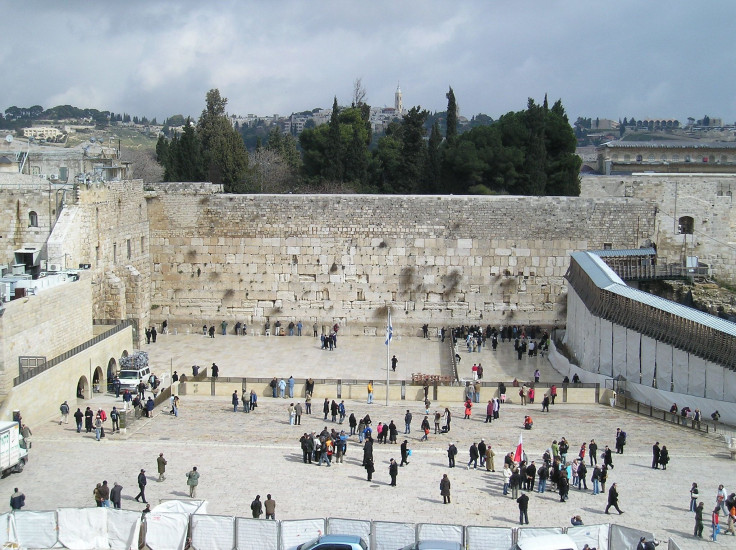Hidden Underground Chamber Discovered Beneath Israel's Western Wall

KEY POINTS
- Archaeologists unearthed 2,000-year-old chambers beneath the Western Wall plaza in Jerusalem
- Artifacts found helped archaeologists date the chambers
- It is still unknown whether the structure was a religious or civic building
The Israel Antiquities Authority (IAA) recently unearthed three ancient subterranean chambers carved out of the bedrock beneath the Western Wall plaza in Jerusalem about 20 feet below the modern street level.
The discovery was revealed by IAA and Western Wall Heritage on May 19 ahead of Jerusalem Day. According to the Israel Ministry of Foreign Affairs (IMFA), the discovery was made by students of a pre-military preparatory program in Jerusalem. The students were integrated into archaeological digs as part of the Israel Antiquities Authority's educational policy, aiming to connect youth with their past.
The site is located at about 120 ft. away from the base of the Western Wall, which runs alongside the area known to the Jews as the Temple Mount and to Muslims as the Haram al-Sharif (Noble Sanctuary).
The Temple Mount is the holiest site in Judaism, while the Noble Sanctuary is the third-holiest site in Islam. Today, the compound is best-known as the home of the Dome of the Rock, the Al-Aqsa Mosque and the Western Wall.
The 2,000-year-old chambers, consisting of an open courtyard and two rooms, were carved on top of one another and connected by staircases. According to a Live Science report, the archaeologists discovered at the site clay cooking vessels, cores of oil lamps, a stone mug and a piece of a qalal, or a large stone basin that was used to hold water for rituals. The artifacts found helped archaeologists date the underground chambers.
There were niches chipped into the structures' walls which likely served as shelves, storage spaces, door jambs and lantern holders.
Director of the Western Wall Heritage Foundation Mordechai Eliav told Live Science that “Perhaps, it served as a pantry for an overhead structure that didn't survive, or as a hewn space” for living underground.
The newly unearthed structure is one of the few surviving remnants of ancient Jerusalem before the city was destroyed by the Romans in 70 A.D.
IAA archaeologist Michael Cherin told Jerusalem Post that it is still unknown whether the structure was a religious or a civic building.
Eliav said that the discovery highlights the deep connection of Jews to Jerusalem, their capital, and that “prayer at the foot of the remnant of our Temple never ceased, and this is tangible evidence of this,” Jerusalem Post reported.
© Copyright IBTimes 2025. All rights reserved.





















